One of the countless things I that love about the United Kingdom is the rich historical heritage to be found within our borders. The recent history of our civilisation can be experienced through the hundreds of stately and historical buildings and homes available to the public for visiting.
I realise that in many cases this historical and material wealth has been accumulated at the expense of and loss to other civilisations around the world during times of conquest and empire. But the places that I have visited do not try to hide this fact or present it in a heroic light. Most simply try to provide an experience that briefly puts us in touch with our history and allows us to make our own judgements.
Over the last year or so, I have visited over 25 of these properties, so I may be able to offer an insight into capturing them through a modicum of my experience. There are, of course, many such places all over the world, reflecting the proud heritage of each nation, and thus these insights may be applicable anywhere.
In my humble opinion, many of the photos taken and presented on the websites and printed media of these places simply do not do enough justice to their true splendour, and I have often donated my own photographs to help lure in more visitors (and in a few cases they have been accepted and used!).
Rest assured I don’t work for any of these places or organisations, but my aim is to capture the scale, beauty and details of such venues, enticing the viewer into the world they represent and showcasing the history that they keep alive. Simply put, we should aim for the viewer to vicariously imagine and enjoy these places as much as we did actually being there.
Right, let’s get all the gear out of the way. When I had my my DSLR kit, I would bring a wide-angle lens and a couple of primes. I mounted a Tokina 11-16mm F/2.8 (a DX lens) on a (full frame) Nikon D600 and used it as a 16mm prime (any focal length lesser with this lens and you get vignetting). If you have an FX wide angle then great, go even wider. (I couldn’t be bothered to get one since I was looking to downsize my gear, and most FX wide-angles are quite heavy.) I also brought along the Nikkors 35mm F/2 AF-D and 50mm F/1.8G for tighter framing and small details.
Since going mirrorless, I now mainly use the Olympus 12-40m F/2.8 mounted on my EM-5, and perhaps the 45mm F/1.8 or 60mm F/2.8 for subject isolation or detail work. I find the 12-40mm F/2.8 (equiv 24-80mm) to be very versatile, however, and the bokeh at 40mm is pretty good. It’s also refreshing not to have to keep changing lenses inside rooms with delicate furniture and lots of visitors moving through them!
Some of the large rooms and internal geometry lend themselves very favourably to a wide-angle treatment, as indeed do the hallways. A wide-angle lens will exaggerate their perspective and scale, allowing the viewer to ‘travel’ through their depth.
It is tempting to shoot at a wider aperture to keep the ISO low and shutter speed high, but the shallower depth of field may render some parts of the image out of focus (and in the Tokina’s case, the corners are a little soft on a full frame sensor). This may be desirable for isolating foreground details against a wider background, but capturing a full interior would require a narrower aperture. Most modern cameras are perfectly capable at handling higher ISOs necessary to use such apertures.
Tripods are not practical because of all the other visitors passing by you, and are probably not allowed anyway. Almost all of these types of buildings prohibit the use of flash. Many rooms have light-sensitive materials and textures so interior lighting is minimal. Still, try to use as low an ISO and shutter speed as you can get away with at your aperture. Brace your elbows against your body when you shoot to steady yourself, or crouch down and rest your elbows above your knees. (My EM-5 has a pretty good image stabiliser that allows me to get away with shutter speeds as low as ½ secs).
For the exteriors too, a wide focal length can capture the entire property and its forecourt or garden in a single image, giving the viewer a sense of its immensity. I have even tried making a panorama from several images.
(A panorama stitched in CS5 from five images)
But getting closer to the building (especially with a wide-angle lens) can also exaggerate its architectural beauty. I find shooting close-up from a low position helps to give a sense of the building towering over me. Rendering in black and white reveals the lines and details bereft of any distracting colour. I also try to arrive early to capture shots before lots of people start wandering into them!
Furthermore, the views both to and from these buildings can be quite spectacular. Be aware that a wide-angle may cause many features to seem too far away from you, so a tighter focal length, say 35mm, might be a better choice. Remember that you don’t have to get the entire vista in your shot for it to be appreciated by the viewer. Instead try to offer depth to the scene with both foreground and background elements. A tighter shot can also force you to focus more closely on architectural features.
(35mm)
(50mm)
(35mm)
(m4/3 45mm – equivalent to 90mm)
Longer focal lengths are easy to achieve through the range of my Olympus 12-40mm F/2.8 zoom, of course, but the Nikkor primes held their own whenever I used them. 35mm (on full-frame; c.17mm on m4/3) is an effective length at capturing a scene within a room, say, a desk and its paraphernalia, or a fireplace or even furniture. It gives the viewer a more intimate and realistic sense of being in the room and experiencing its time, while still offering a sense of depth.
A longer focal length still, particularly with a fast aperture (e.g. 50mm F/1.8), can help isolate details or individual furnishings.
Do not forget to look up or you may miss a beautifully ornate ceiling, with some stunning carvings, artwork, or both.
Many of these locations have some truly beautiful gardens, ponds and floral arrangements, and using a macro lens or fast prime can really help to isolate the flora and fauna.
There may also be plenty of statues around the grounds. Try to ensure your backgrounds are either clear or provide an interesting context to the statue (e.g the building behind it), ensuring the composition is neat and uncluttered.
Of course, the usual compositional ideas apply. Look for shadows and interesting light, leading lines and patterns, or frame the buildings through foliage. Perhaps find reflections in bodies of water. Having a person in the image can offer a story, context, or simply scale.
Ultimately, these are only mere suggestions and ideas. You will undoubtedly make your own unique shots should you visit these kinds of places. The most important thing is to absorb as much of the place (and its history) as possible, not only for your own pleasure, but to inform your photographic capture of it so that your images may fascinate others too. Thank you. (You can find more detailed descriptions and more photos from each location on my blog.)
(The inevitable selfie! Taken with a remote trigger in my right hand)







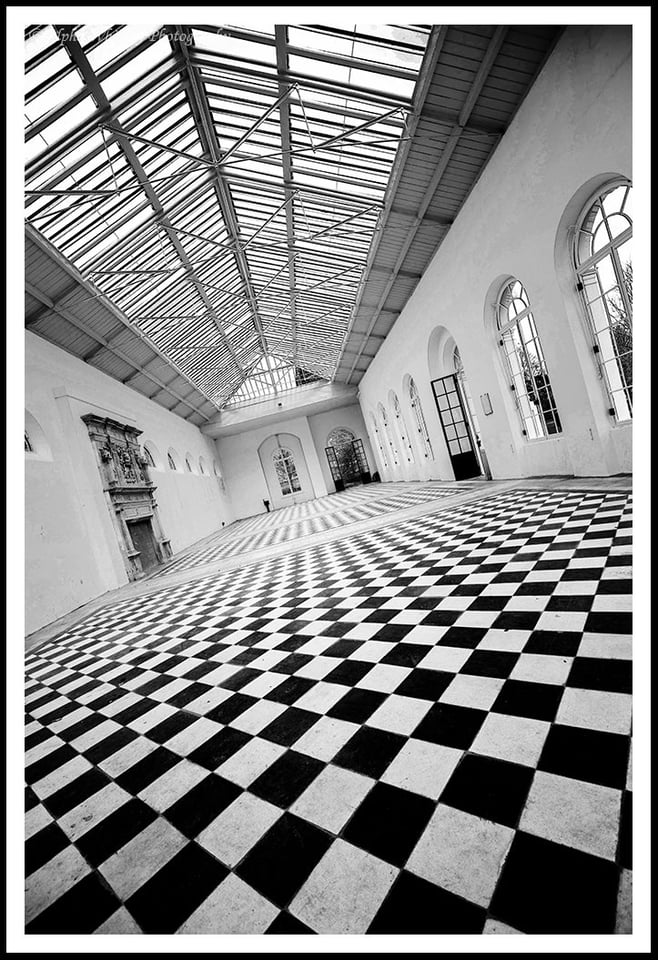
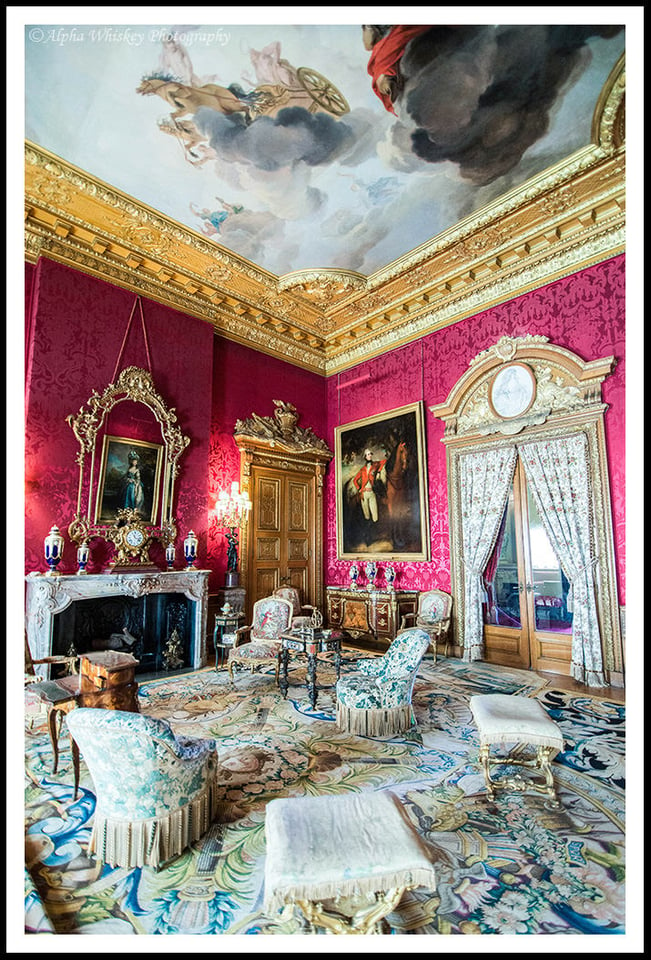





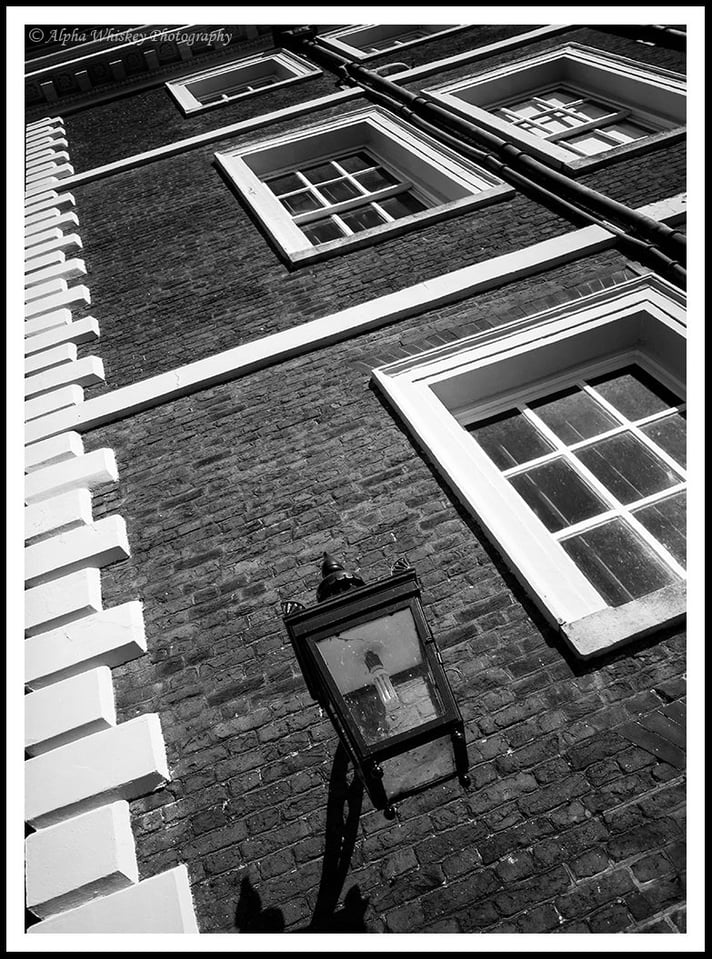




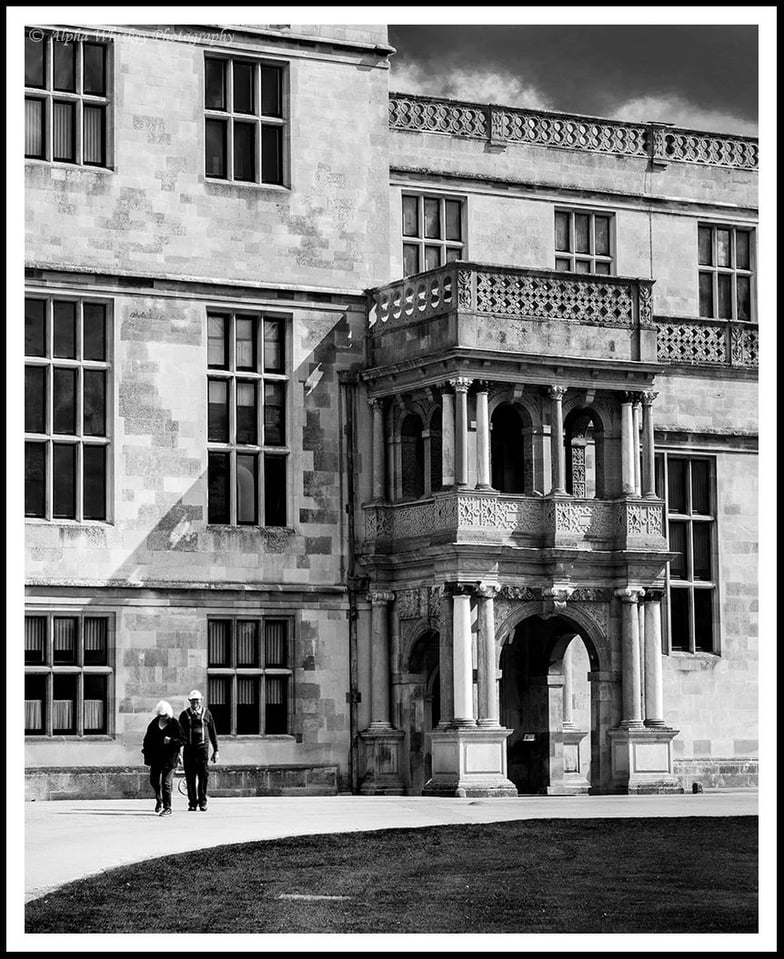
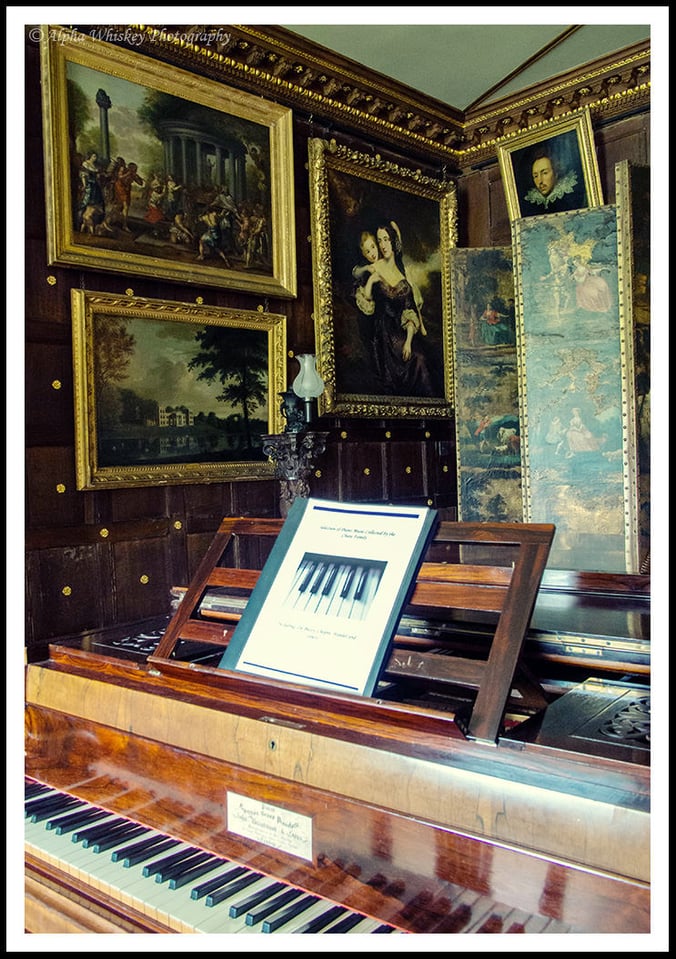


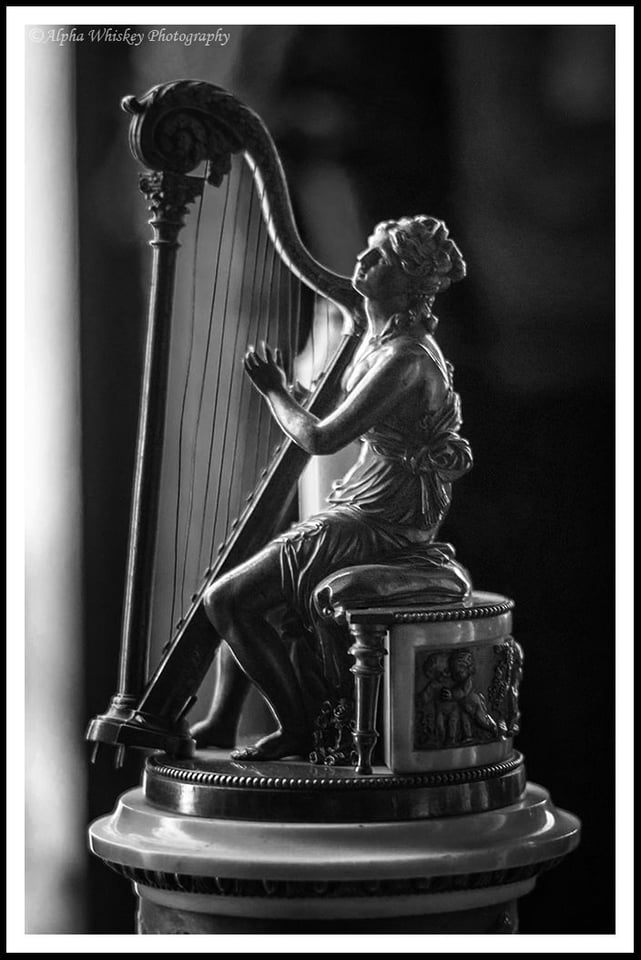
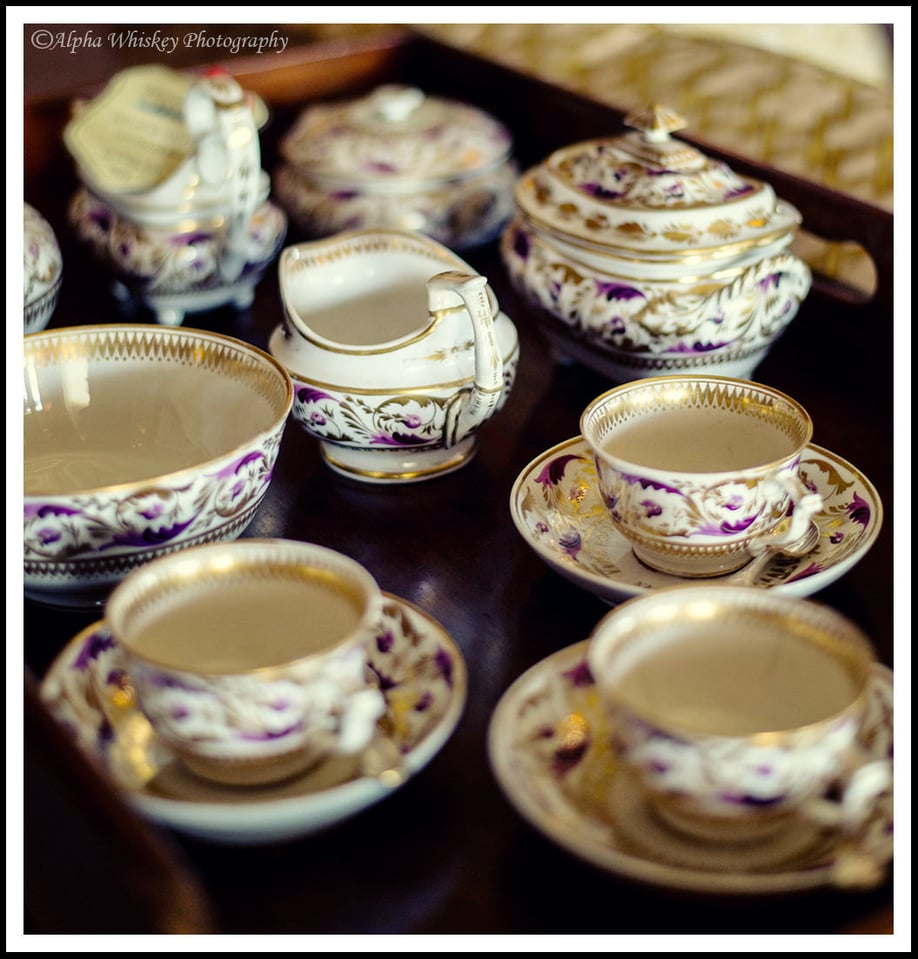








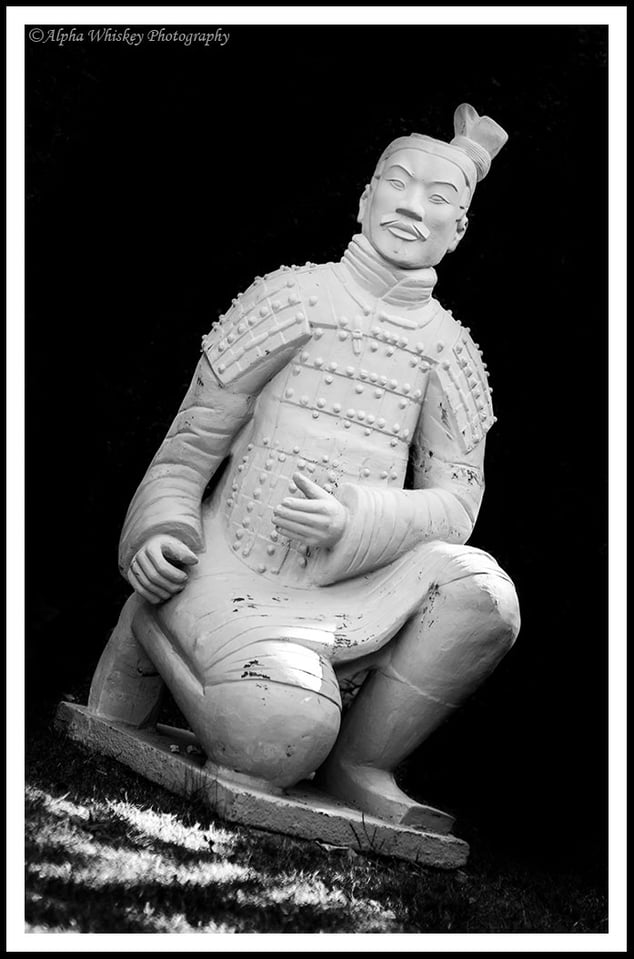

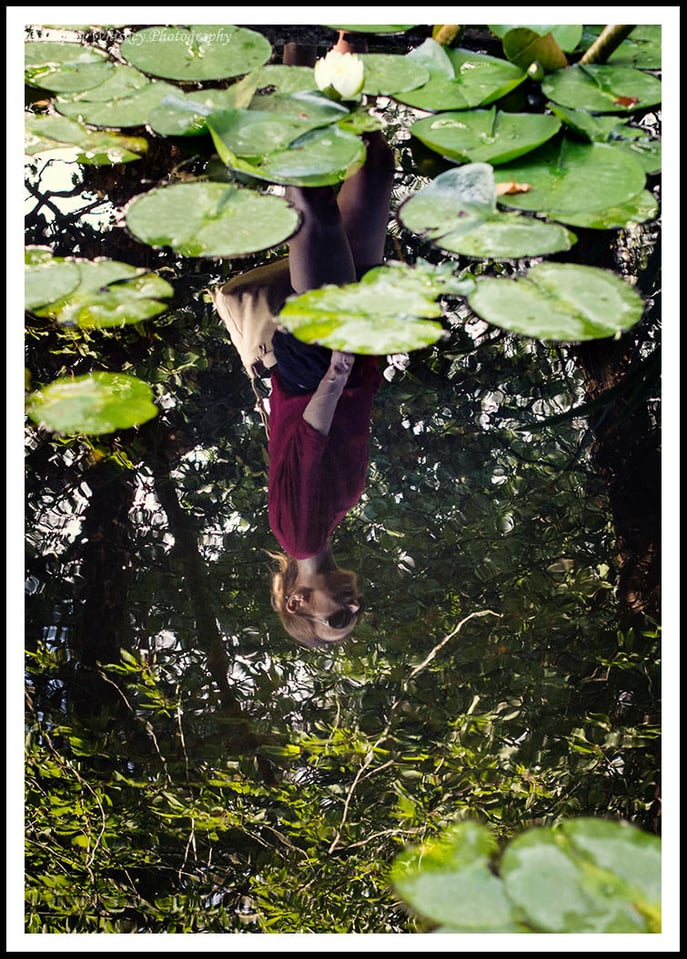

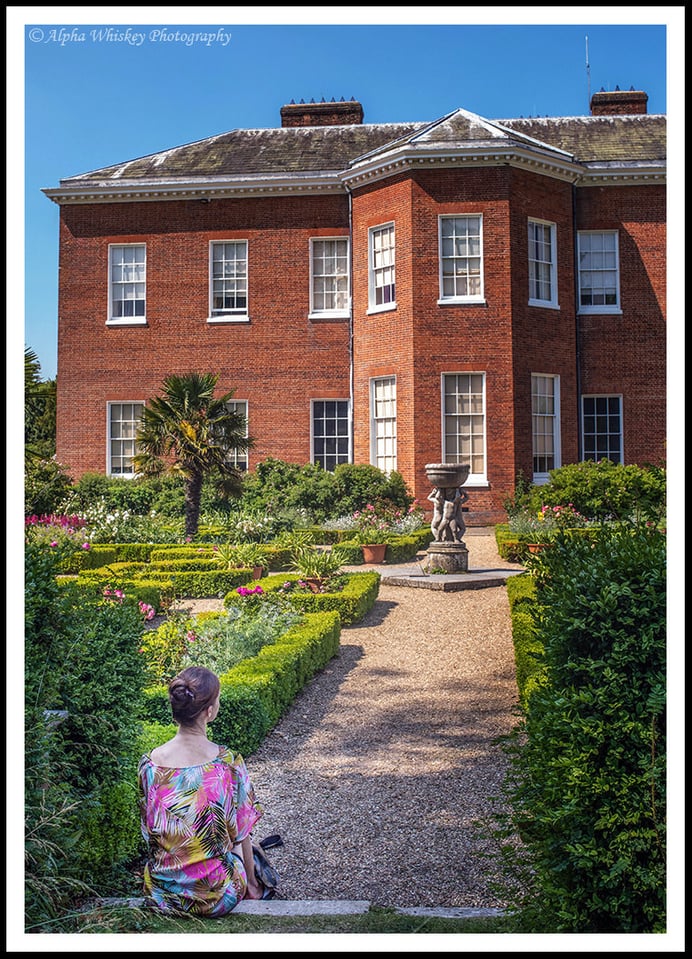
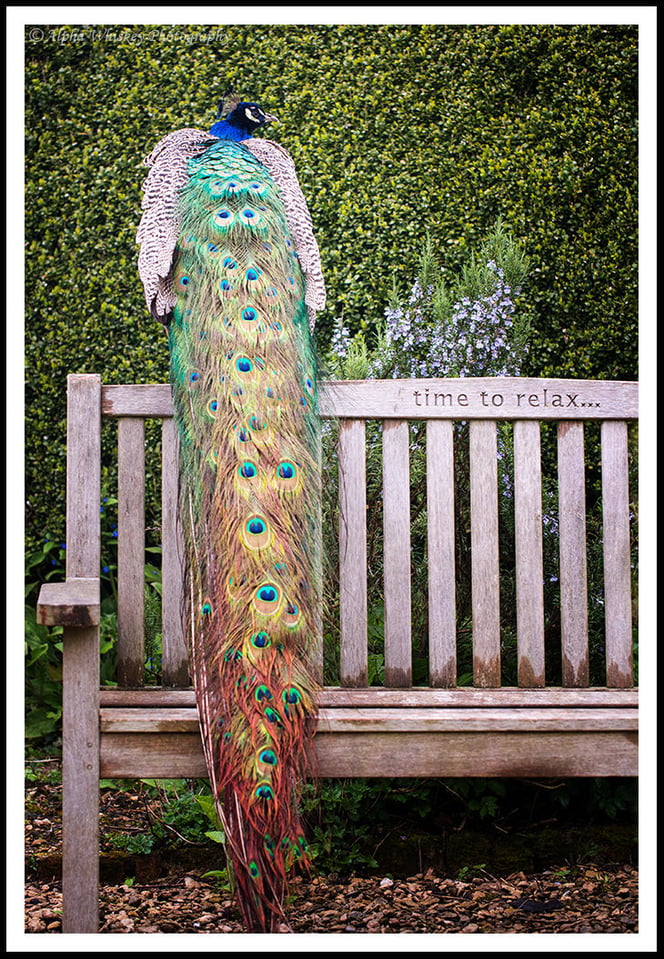

Superbly written article and a beautiful pictures, composition is perfect and neat with minimal and no distraction. Thank you so much for beautiful ideas.
however I have one doubt. Did you use circular polarizer while clicking the pictures.
Thanks
Thank you Anirudha.
I probably did use a polarising filter for the outdoor shots. It also helped to cut out reflections in glass.
Cheers.
A very well though and written article with perfect examples to showcase every point discussed, well done!
Oh! And you arise the desire to go to those places to see them and photograph them ourselves, which is what you ultimately intended, I guess, so that’s proof that you succeeded! ;)
What software do you use for color grading?
I only use LR for my processing and CS5 for borders and watermark (as a single action). Nothing specific for colour grading.
I saw you nature photos here: alphawhiskey.slickpic.com/personal#1.
They seem to have FILM colors. Film colors looks totally different from digital colors and I love them. How do you manage to get that look?
In all honesty, Eve, I wasn’t aware they had filmic colours. I just processed them in LR or CS5, not so much for colour (although I may have enhanced them slightly with the colour sliders or vibrance slider) but more for contrast. :)
Sorry if I can’t help! :)
Sharif, beautiful work. I liked the idea that you did not do much with HDR or stitching or post production to create the actual scene as it would be seen by any individual. The interior shot of a room with blown out windows is what I am referring to. Certainly, you could have made several exposures and let us look outside as well as see the rooms interior but that image is what one would have experienced were we sitting there reading a book. I like that.
I’m not good at post processing; I’m learning but like you I like to concentrate on photography and capture in the camera. Distortion doesn’t bother me, edge softness doesn’t bother me, blown highlights don’t bother me; as long as these features lend themselves to the final composition. As photographers we can argue technical aspects of every photo. I say…Let it go and just look at the picture. Great work.
Sharif, a personal question you do not have to answer if you are unwilling, but I’ll as anyway. What do you actually do for a living?
Thank you very much Mike. You have expressed my sentiments and philosophy perfectly :) I’m not bothered by all that stuff either. Too many people focus on such minutiae while forgetting to see the overall image and composition.
While I can appreciate its value in some circumstances I usually find HDR for this kind of subject too unrealistic and unnecessary :)
(and I’ll respectfully decline to answer your personal question on here, if that’s ok :))
Warm Regards,
Sharif.
Perfectly ok and understood.
The only time I like to deal with the minutiae in photography is with my macro work. Also, in many cases when photographing old homes, historical homes, I will pick out a particular feature and photograph that. I get so into that small detail that I forget to photograph the entire structure. I will sometimes do the same thing with flowers. I may get fascinated with the pistol or stamen and not photograph the whole flower or arrangement. Drives my wife crazy when I hang a 16×20 of a shutter hinge instead of the whole window or for that matter the whole house. LOL
I think it’s often a good thing to pick out individual details. In macro work it can lead to all kinds of abstract possibilities, or simply open up a world that is beyond human eyes. With historical buildings it can bring people closer into the scene and help them appreciate the textures and artistry that went into the architecture. It’s all good :)
Beautiful shots Sharif, very inspiring as the previous articles. Keep them coming, look forward to more.
Thank you kindly! :)
Never mind the wideangle distortion – what about the converging verticals? Poor old Polesden! These are easy to avoid just by holding the camera straight! Suggest you explore the virtual horizon in your camera.
Where there are horizons in the images, I believe they are straight; ‘converging verticals’ are a distortion of the wide-angle lens affected by my distance and position. But then I’m afraid I don’t spend much time obsessing over lens distortions :) Evidently it bothers you more than it does myself. Polesden Lacey certainly didn’t express any complaints. Thanks for stopping by.
I think they are all excellent shots, some of the interiors even look of the quality of medium format images for an architectural magazine. Just to clarify, you used your Olympus for all of these?
Hi Alene, I used the D600 for some of these and the EM-5 for the rest.
Cheers :)
Have a few favorites in your post but I think the photo of the desk is a masterpiece. As a stand-alone image, framed as art, it would bring ambience to a room. Loved that it is both ethereal and striking together. Great article and work–thanks.
Thank you Alene, I appreciate that! (And that image was made with the D600 and Nikkor 35mm F/2 AF-D)
Love them all (!), and really appreciate #7: “Damn your conscience man, vote your party!”
In another article you might want to talk about:
o using pano techniques – both indoors and outside.
o using multiple exposures indoors and DR post processing to deal with windows.
o using multiple exposures and focus stacking to gain depth of field while using wide apertures.
o correcting perspective keystoning (maybe what Brian is alluding to).
o planning time of day and weather.
More qualified folks (perhaps even yourself as you suggested it? :)) can write about post-processing. You probably know way more about it than I do. I just want to be outside shooting more than I want to be sedentary in front of a screen. I recognise the value in your suggestions but this article was mainly intended to suggest ideas for what to look for at these kinds of places; how to see things, compositions etc.
Cheers :)
Great shots, but I’m wondering why you didn’t try to correct the wide angle distortion on many of your photos?
Evidently it doesn’t bother me as much :) I try to see and appreciate what the image represents as a whole, rather than as a collection of lens imperfections.
Cheers :)
Bingo, great reply. Don’t take this the wrong way Brian, but photographers as a group (me included sometimes) tend to go right to the imperfections without taking in the feeling of the photograph as a whole. We are frequently too critical of some things (like sharpness, corner sharpness) and not critical enough of others (annoying distractions that take away rather than add). I always try to watch for this because I sometimes mistakenly do that too my own photos.
Overall, I really liked nearly all these images. Great job.
I wanted to ask – are you bracketing and blending some of these? The first couple look like that.
Nope. None of these images are bracketed or blended. :)